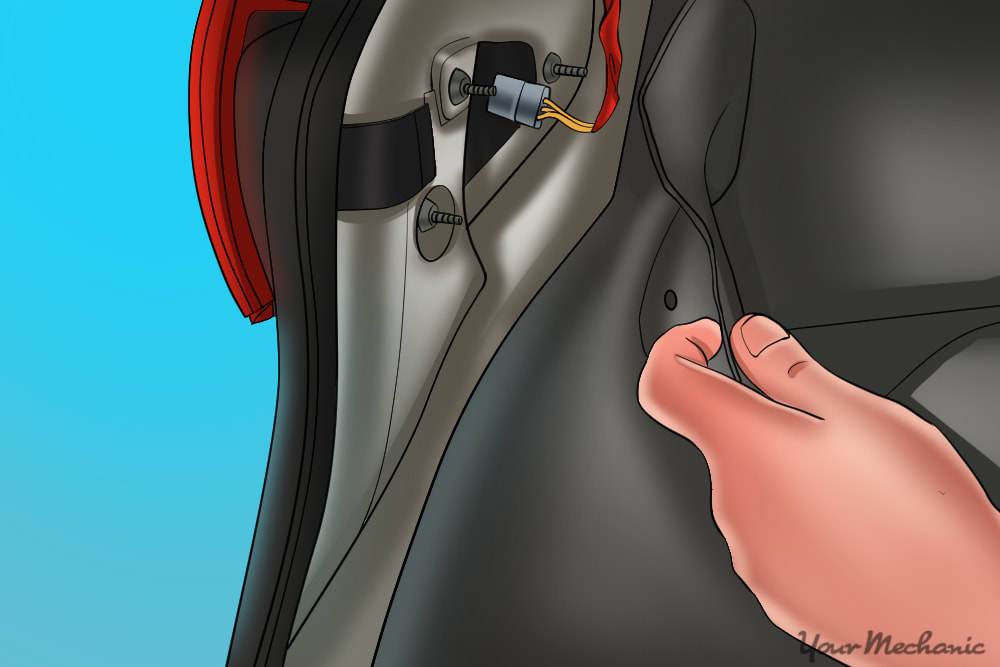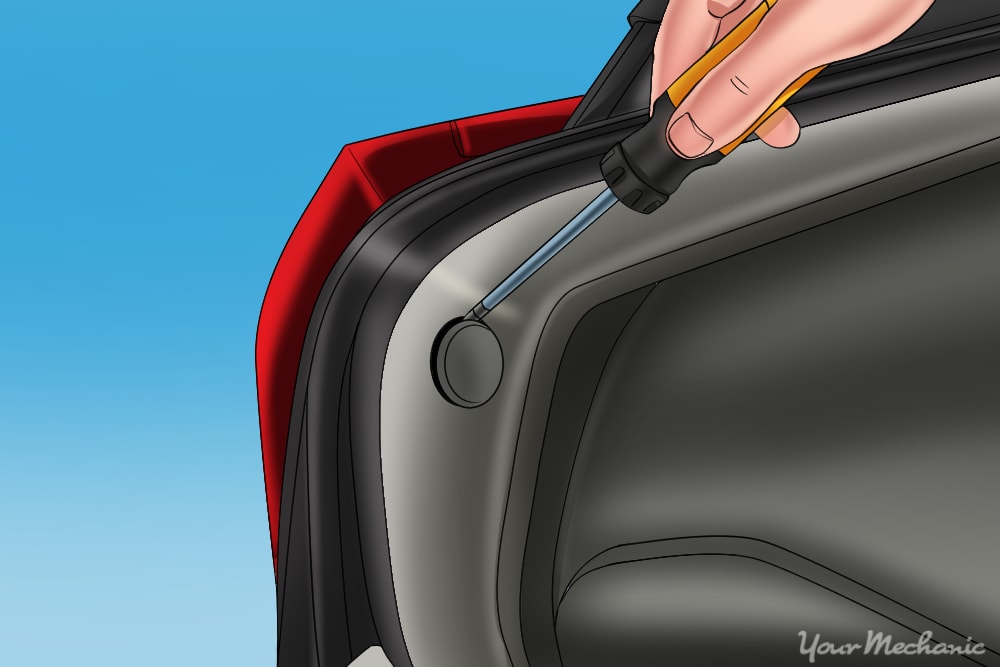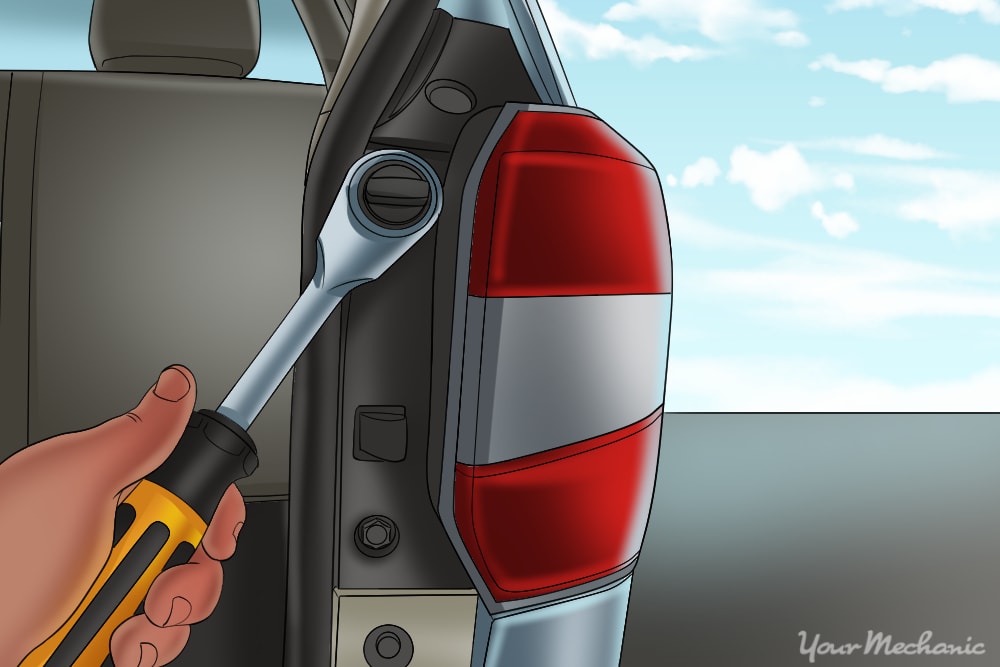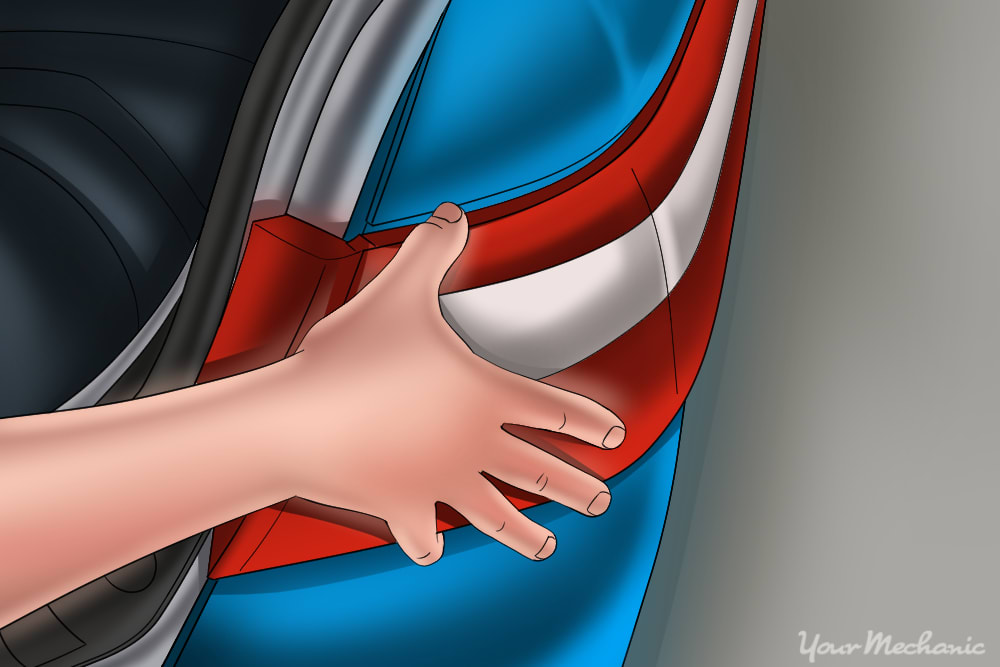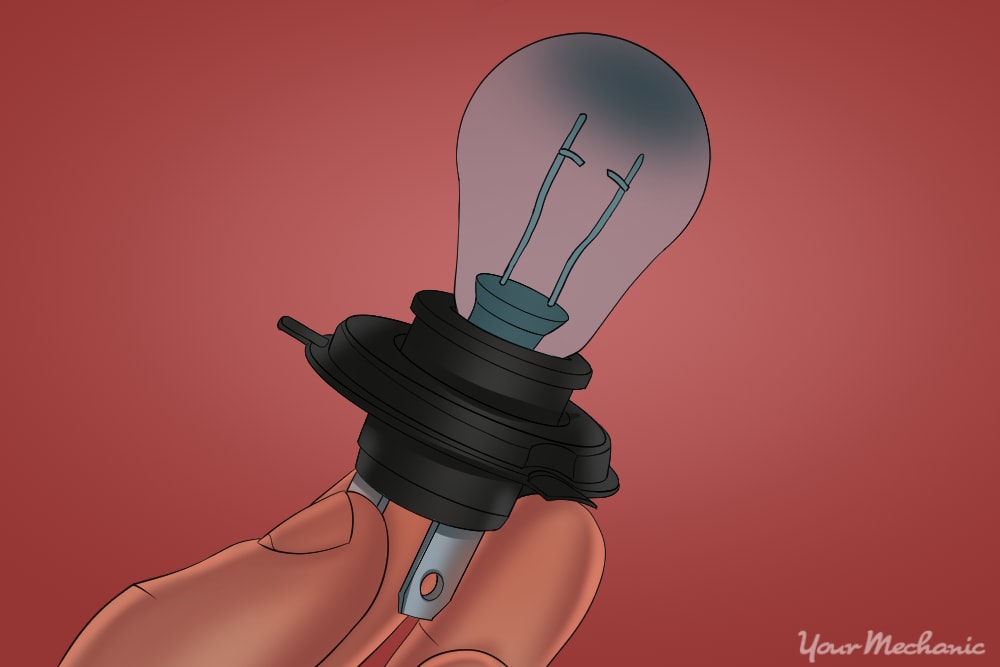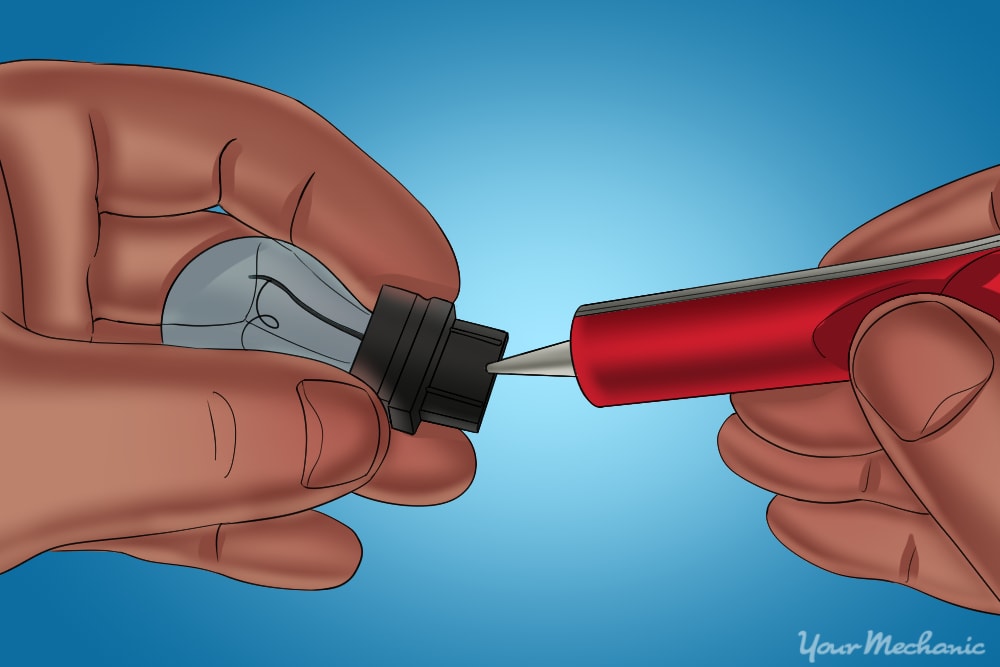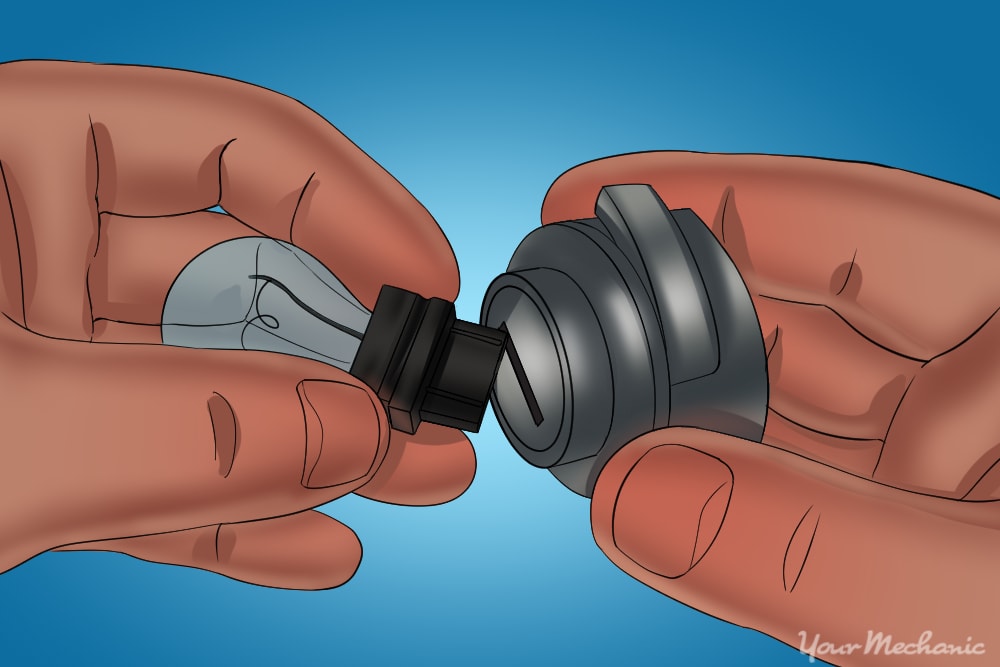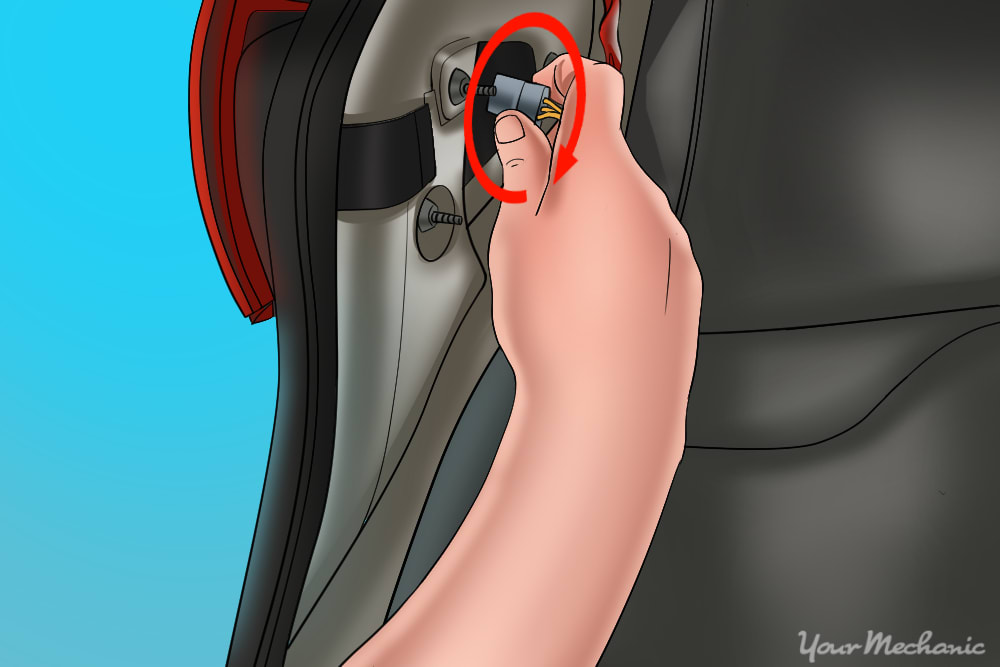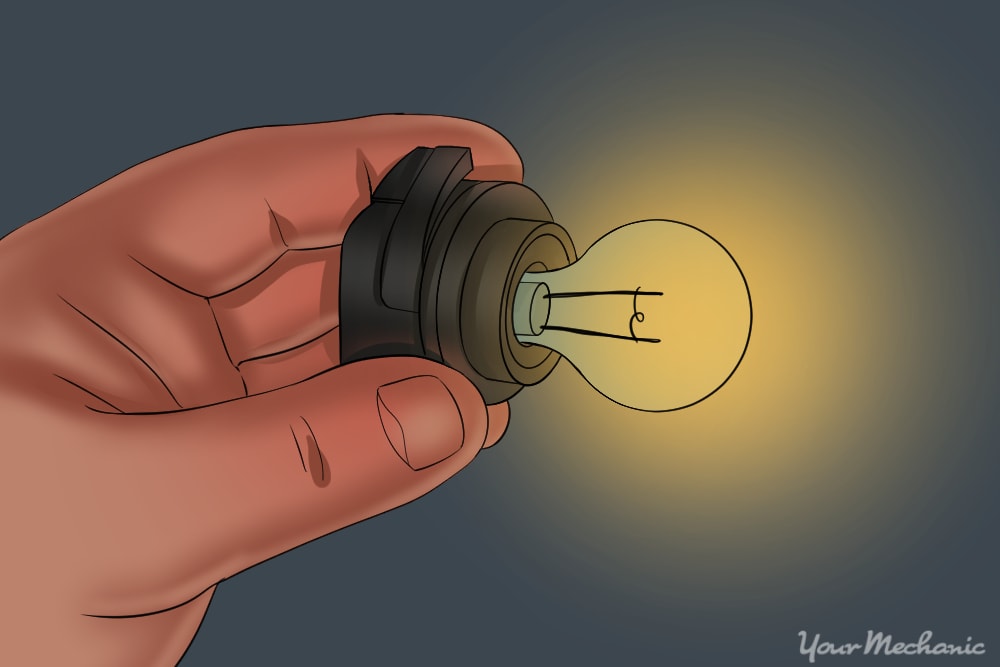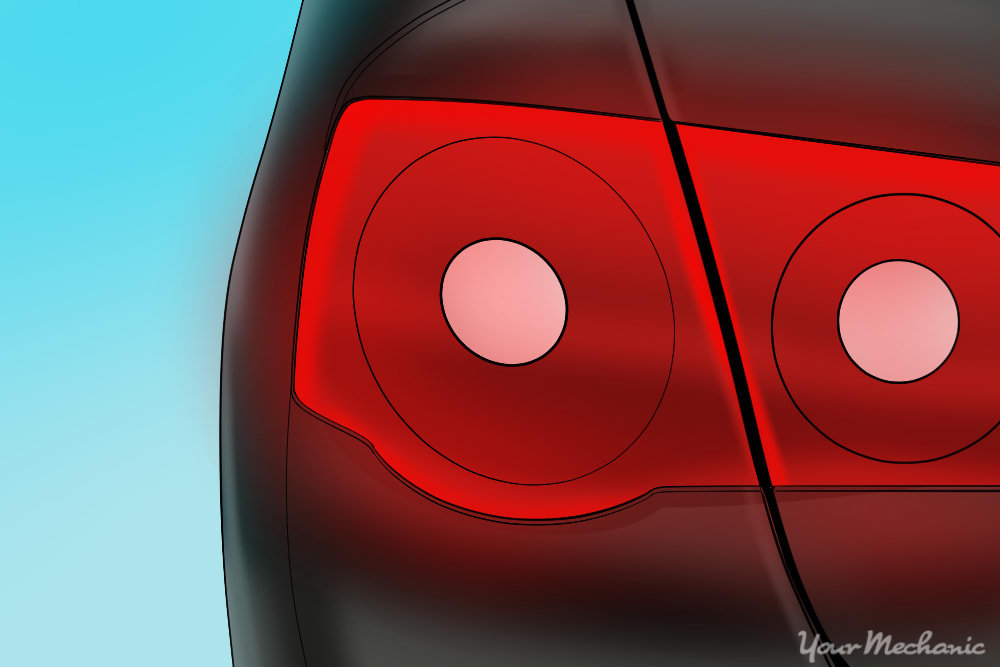

When brake light bulbs burn out, it is seriously inconvenient. It is always a good idea to have somebody check your brake lights, and most of the time there isn't that extra somebody to help you out. The easiest way to check your brake lights without an extra leg laying around would be to set a brick or something heavy enough on the brake pedal to trigger the brake lights to come on. If the brake light is slow to come on, is dimmer than usual, or the Brake Warning Light comes on, then your brake light bulb may be failing.
Part 1 of 1: Replacing a brake light bulb
Materials Needed
- ¼ extension - 3 inch and 6 inch
- ¼ ratchet
- ¼ socket set - metric
- Dielectric grease
- Replacement bulbs
- Screwdriver - Phillips
- Screwdriver - slotted
- Torx driver - T10, T15, or T20
Step 1: Easy access bulb replacement. Some manufacturers have made it easier to replace bulbs in cars and SUV’s by allowing access through the inside of the vehicle.
If your vehicle has this type you can skip steps 2 through 4. If you have easy access, you may need to easily open the flap or panel over the inside of the brake light lens. By accessing the inside of the brake light lens you will see the brake light bulb socket.
Step 2: Locate the mounting bolts. When locating the mounting bolts on your lens assembly, many are obvious but some are covered by cosmetic covers that easily pop off.
Step 3: Remove the mounting bolts. Once you have found the mounting bolts, remove and set the bolts aside.
Step 4: Remove the tail light lens. Most tail light assemblies come right off.
If it gives some resistance, pay attention to the direction the tail light lens is installed and pull straight out.
Step 5: Locate the burnt bulb. Once the tail light assembly is removed, locate the brake light bulb socket.
If you are unsure which socket is for the brake light, either have somebody depress the brake pedal or turn on your hazards.
Step 6: Removing the brake light bulb. The bulb socket has a release tab; turn counterclockwise to remove.
To remove the brake light bulb make sure the lights are off and the bulb is cool to the touch. Pull the brake light bulb out of the socket.
Step 7: Identifying the correct light bulb. After the brake light bulb is removed, take a look at the numbers on the bulb and match them to the new bulb.
Step 8: Apply dielectric grease. Apply dielectric grease to the brake light bulb socket.
A pea sized amount is enough to apply to the socket.
Step 9: Install the bulb. Take the new bulb and install it into the brake light socket.
Step 10: Mount brake light socket. Mount the brake light socket, match the tabs on the socket and the tail light lens, and, once inserted, turn clockwise to lock.
Step 11: Test the brake light function. Before mounting the brake light lense, test the brake light function.
Step 12: Install the tail light. Line up the tail light and slide into position; line up the mounting holes, and start the mounting bolts.
Step 13: Tighten the mounting bolts. Mounting bolts are tightened hand tight.
Brake light bulb are very important for the driver, passengers, and surrounding traffic. Making sure your headlights, running lights, brake lights, hazards, and turn signals are operating is a safety essential. If replacing a brake light bulb is something you would rather leave to a professional, have one of YourMechanic’s certified technicians perform the replacement.



